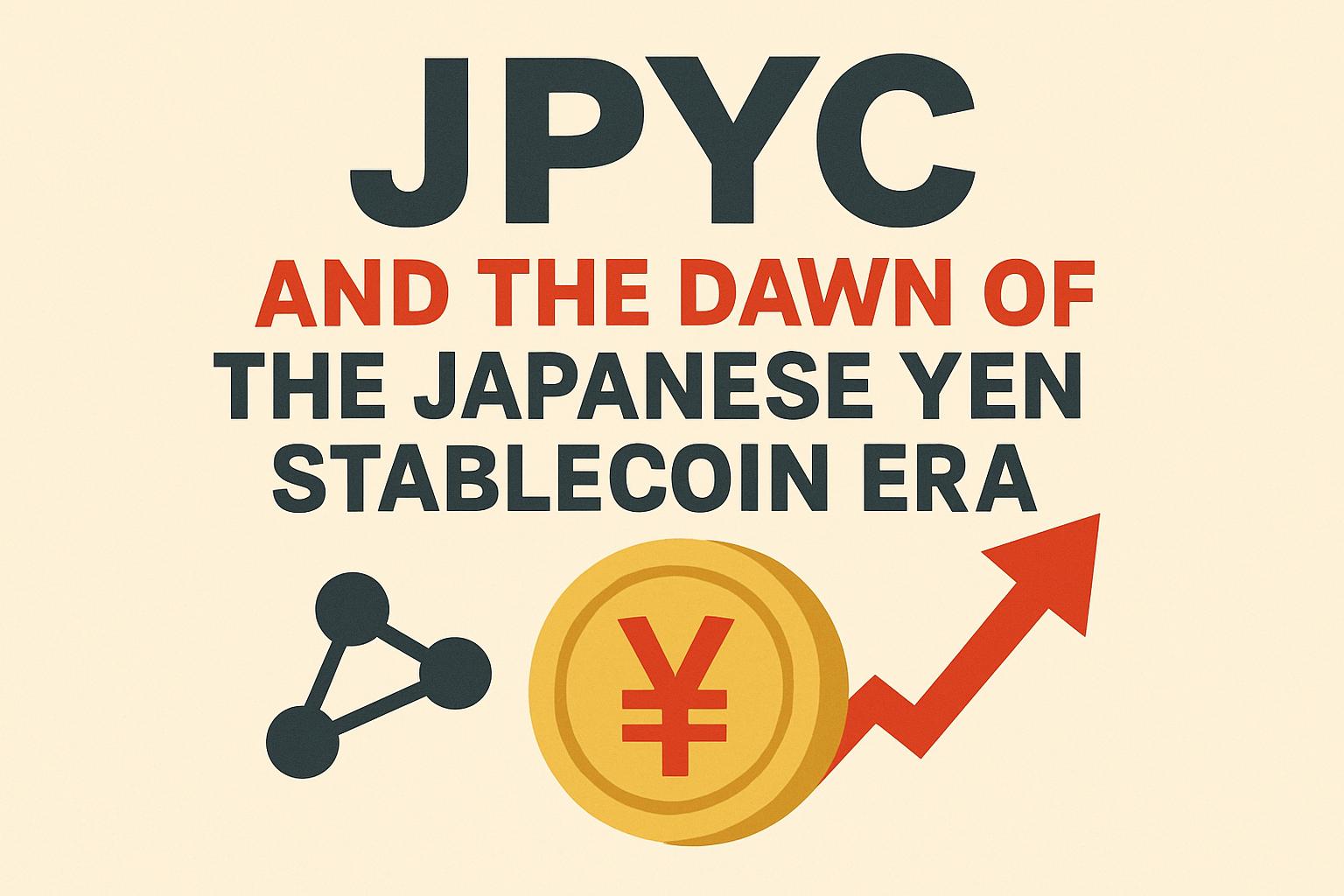In a bold move within the financial technology sphere, JPYC Inc., led by CEO Noritaka Okabe, has marked a historic milestone for Japan. By acquiring the first domestic funds transfer license for a yen-pegged stablecoin, Japan steps into a new era where cryptocurrencies and traditional finance merge more closely than ever.
The Advent of Japan’s First Yen Stablecoin
Following regulatory changes in 2023 that allowed banks and funds transfer agents to issue stablecoins, JPYC became the first to receive official approval. This groundbreaking step defied doubts about non-financial institutions entering this market, and it illustrates Japan’s forward-thinking approach to stablecoins.
Noritaka Okabe recalls the persistent efforts to secure this license, highlighting the team’s proactive stance since regulations were initially revised. This achievement signals a practical endorsement of Japan’s stablecoin strategy, enabling the nation to leverage digital currency innovations.
Dual Role of JPYC: Issuer and Intermediary
JPYC’s strategy is unconventional. The company will simultaneously act as both issuer, akin to Circle, and intermediary, like Coinbase. It plans to issue a yen-backed stablecoin supported by Japanese bonds and bank deposits, targeting decentralized finance (DeFi) users and self-custody wallets. Additionally, JPYC plans to facilitate foreign stablecoins like USDC without engaging in exchange-based trading.
The introduction of JPYC Plus, a trust-based stablecoin in collaboration with Progmat, highlights their commitment to compliance and security. The dual approach—trust-based JPYC Plus and the more flexible JPYC—appeals to different markets, covering various financial gaps.
Diverse Applications: From Arbitrage to Everyday Commerce
Initially, JPYC will cater to experienced crypto investors and institutions. Its applications will range from carry trades involving the dollar-yen interest rate differential to large-scale cross-border settlements for family offices and hedge funds.
As its ecosystem grows, JPYC’s use is expected to expand into everyday transactions. Retailers, attracted by lower fees compared to credit cards, and simplified accounting processes, may adopt JPYC in lieu of traditional cash payments.
Looking Ahead: AI Economy and Currency Strategy
Noritaka Okabe envisions JPYC playing a vital role in Japan’s economic landscape by aiming for a market circulation target of 85 trillion yen within five years. This goal is part of a broader vision where stablecoins fit seamlessly into the AI-driven economy, requiring programmable payment systems rather than traditional credit cards.
Globally, U.S. dollar stablecoins dominate the market, putting pressure on nations like Japan to establish their digital economic presence. JPYC is not merely an innovation; it represents a strategic move in currency sovereignty and international financial influence.
The introduction of JPYC sets the stage for a new infrastructure that empowers users to invent new payment methods, business models, and financing opportunities, supporting Japan’s position in the global digital finance realm.

![[News] Bitcoin at a Turning Point? 10x Research Signals a Bullish Macro Shift Ahead](https://cryptoexplores.com/wp-content/uploads/2025/06/new20250616.jpg)
![[News] Binance Lists $HOME, the Gas-Free, Bridge-Free All-in-One DeFi App](https://cryptoexplores.com/wp-content/uploads/2025/06/news20250617.jpg)